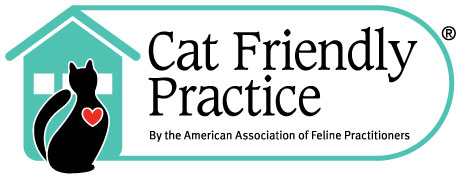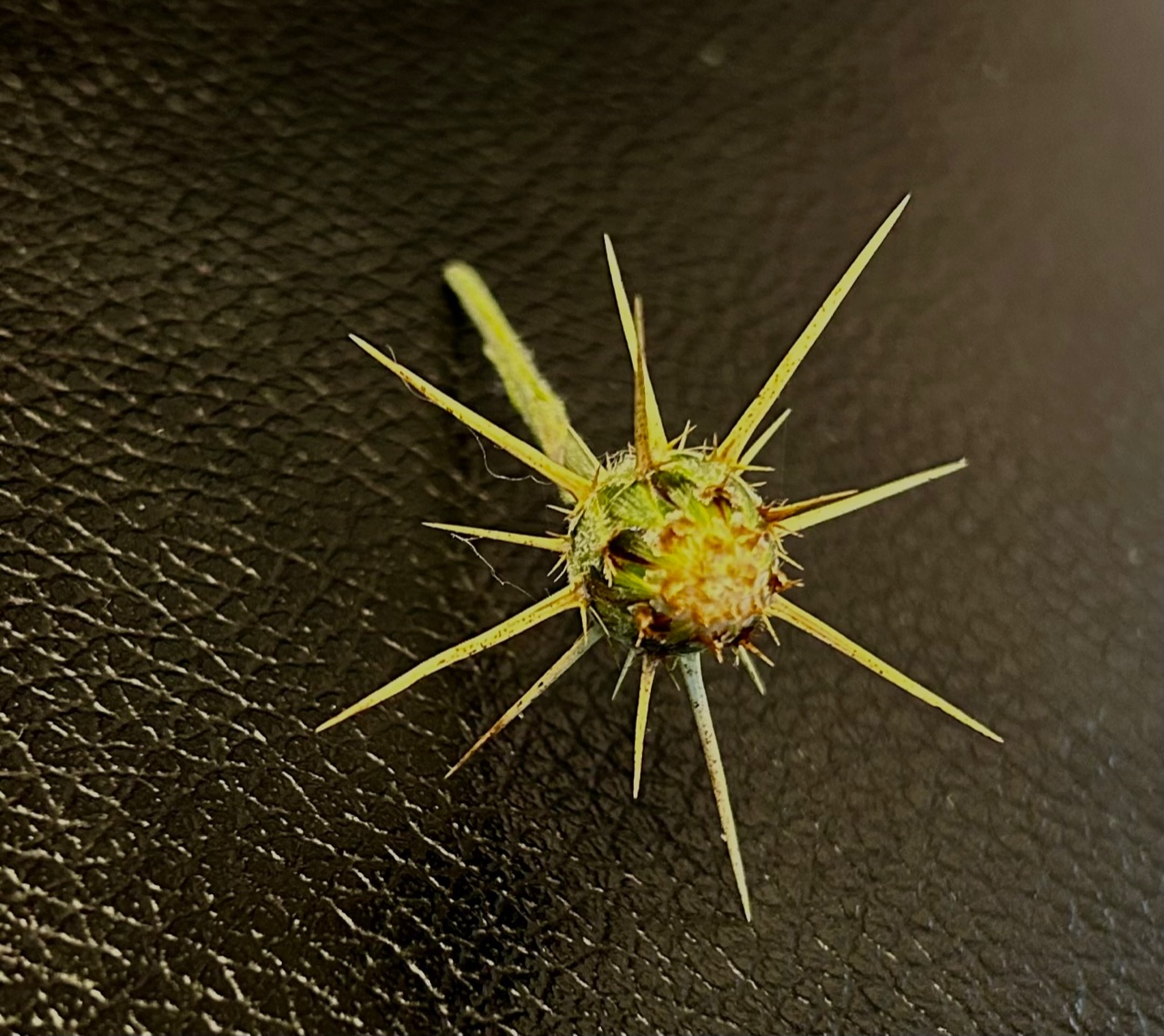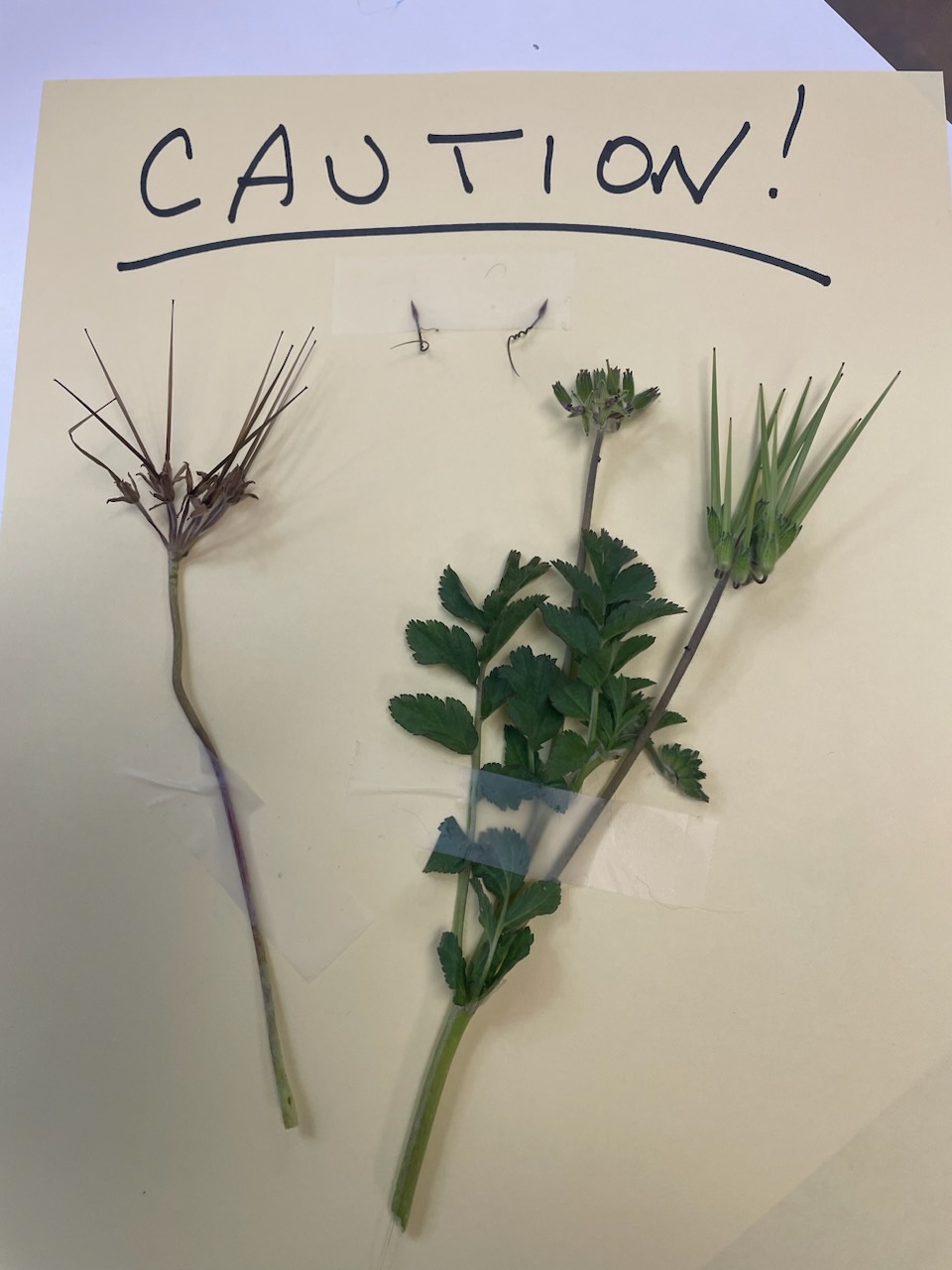February is National Pet Dental Health Month. Many people expect veterinarians to provide basic dental care such as teeth cleanings and extractions. At Animal Care Clinic, we also perform endodontics and periodontics.* Endodontic care refers to procedures such as root canal therapy. If the inner canal of a tooth is damaged or opened up, it needs to be treated just as any other wound. In veterinary medicine, the most common reason a pet would require endodontics is for a broken tooth. Dogs most commonly fracture their upper fourth premolar (the big one in the back) and both dogs and cats commonly break the canine teeth or fangs. The center of the tooth contains blood vessels and nerves and will become infected if the tooth is broken. This infection will lead to pain and often a bone abscess. To prevent this, the tooth must be extracted or treated with a root canal.
Root canal therapy involves removing all living tissue from the canal, sterilizing the tooth, filling the canal and sealing the hole. Periodontics refers to treatment of the tissues around the tooth, mainly the gum tissue. At Animal Care Clinic we use periodontics for two main reasons: treating severely infected teeth and performing difficult extractions. When teeth become infected, so does the surrounding bone and this can lead to bone loss and deep pockets. By surgically lifting the gum tissue and cleaning the roots of the teeth, we can slow progression of the infection. Extracting teeth from dogs and cats can be very difficult without using the techniques of periodontal surgery. We find that pets who have surgical extractions of larger teeth generally show less pain than those who have extractions using more standard procedures.
If you have any questions about veterinary dentistry, call us.
by Bonnie Markoff DVM, ABVP
*We no longer perform endodontics. If you are interested in a root canal or pulpotomy versus tooth extraction, we prefer to recommend you to a certified veterinary dentist.









Leave A Comment
You must be logged in to post a comment.